We agreed that it was the gravest crisis facing mankind. It has led to dashed hopes, widespread grief and a universal loss of confidence in the future. As the scientists seem powerless, the world is thrown back on superstition. If the learned have no answers, one may as well listen to old Jacques, who remembers his great uncle’s advice about coping with phylloxera.
I refer, of course, to oxidisation and white Burgundy. The 1996 was supposed to be superb and long-lasting. Friends of mine finally decided that the moment had come to begin enjoying their Chassagnes, Pulignys and Chablis grands crus. Aargh. Instead of vinous glory, harmonies of structure, subtlety and fruit — of length and depth — they were usually uncorking a surly, brown-edged liquid: weary, stale, flat — and unprofitable. Some unscrupulous coves contacted wine merchants or auctioneers, to find that such houses have not grown old without growing cunning. The ex-treasures were unsellable. The beautiful virgin had turned into the corpse of Count Dracula.
No one knows what is going wrong. There is an obvious defensive stratagem: to drink the stuff earlier. I know of one club which is listing its Criots-Bâtard-Montrachet, Blain-Gagnard, ’08. It is a magnificent wine, but I still maintain that it is not yet near its best.
With all this in mind, we tasted some whites the other evening, to general enjoyment and relief. Bernard Vallet of Pierre Bourée brought his Chassagne-Montrachet ’09. A lesser wine than the Batard (but not nearly as expensive), it was just about ready, and will surely keep. Like all Bernard’s wines, it has charm. When you drink his whites, the Pastoral Symphony is always playing in the background. To follow, he produced a red: his appropriately named Charmes-Chambertin ’05. It was a perfect expression of the essence of Burgundy.
But a Provençal star surprised us all. If asked to identify it, I would have got everything wrong, and guessed a five-year-old white Bordeaux. It was actually a Simone Blanc ’94, made near Bandol, and showing no signs of age or oxidisation. Really well made, excellent now, it will last. I would like to try it in another five years.
Apropos of getting things wrong, I fear I owe the Australians an apology. Although the Test side which they sent over last summer was not as bad as the outcome suggested, there seemed every reason to expect a third successive Ashes victory. By the time that you read this column, England might be doing a little better. Then again, they might not. When the convicts have their boot on your wind-pipe, they rarely relent.
It may be that Australia has been unfairly maligned: that Australian culture is not a mere anthropological term. It may even be that Australian civilisation is not an oxymoron. In the 1840s, some pious Lutherans emigrated from Silesia to Australia. Unlike the vast majority of the settlers, they paid for their own tickets. Photographs of the early Henschkes do not suggest joie de vivre: solemn, bearded men, with wives who probably needed the sheep-shearer to keep down their whiskers. They look as if ‘Wachet auf’ is playing in the background.
They made wine, with a most un-Australian name: Hill of Grace. An Australian dealing in grace is as unlikely as an Aussie batsman walking. But this wine is aptly named. I had never tasted it before and was initially sceptical. Although our bottle, a 2001, had been opened and decanted in good time, there seemed to be far too much fruit. It was as if Protestant restraint had been overwhelmed by jackeroos, didgeridoos, kangaroos or whatever.
Then order was restored. It came together in the glass. This was a very serious wine indeed. Is it worth its price, up there with first-growth -claret? I would like to offer a considered opinion, after another bottle.
Got something to add? Join the discussion and comment below.
Get 10 issues for just $10
Subscribe to The Spectator Australia today for the next 10 magazine issues, plus full online access, for just $10.
You might disagree with half of it, but you’ll enjoy reading all of it. Try your first month for free, then just $2 a week for the remainder of your first year.


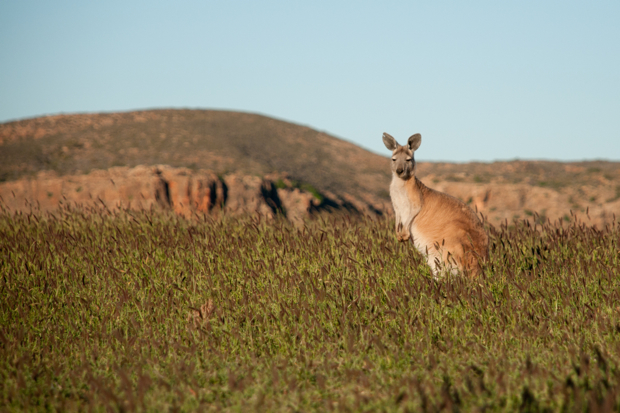

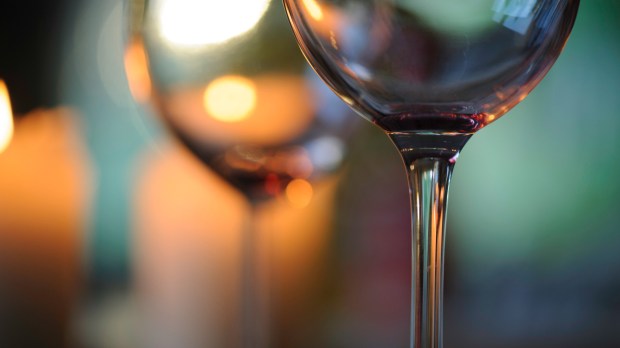
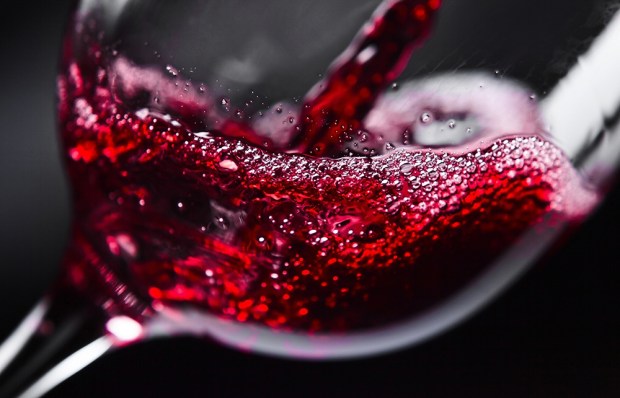
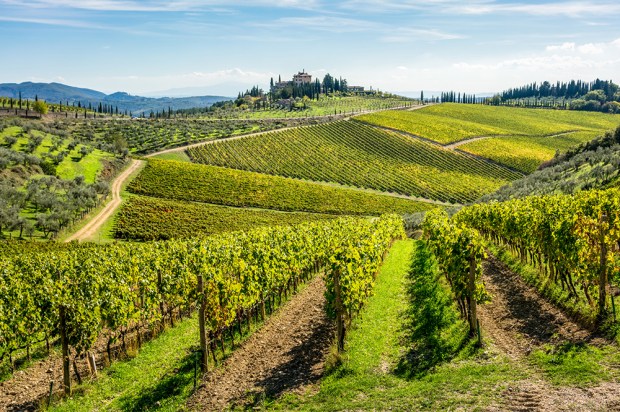
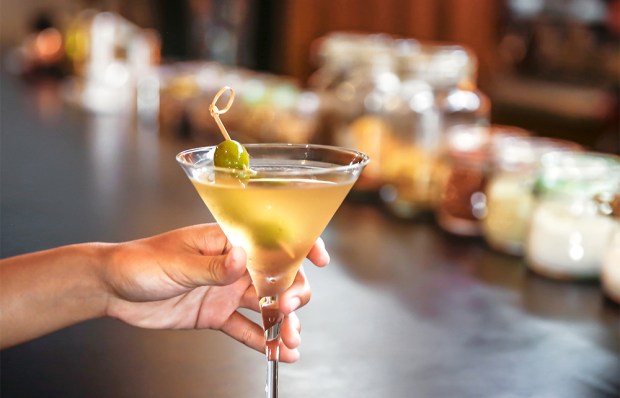







Comments
Don't miss out
Join the conversation with other Spectator Australia readers. Subscribe to leave a comment.
SUBSCRIBEAlready a subscriber? Log in